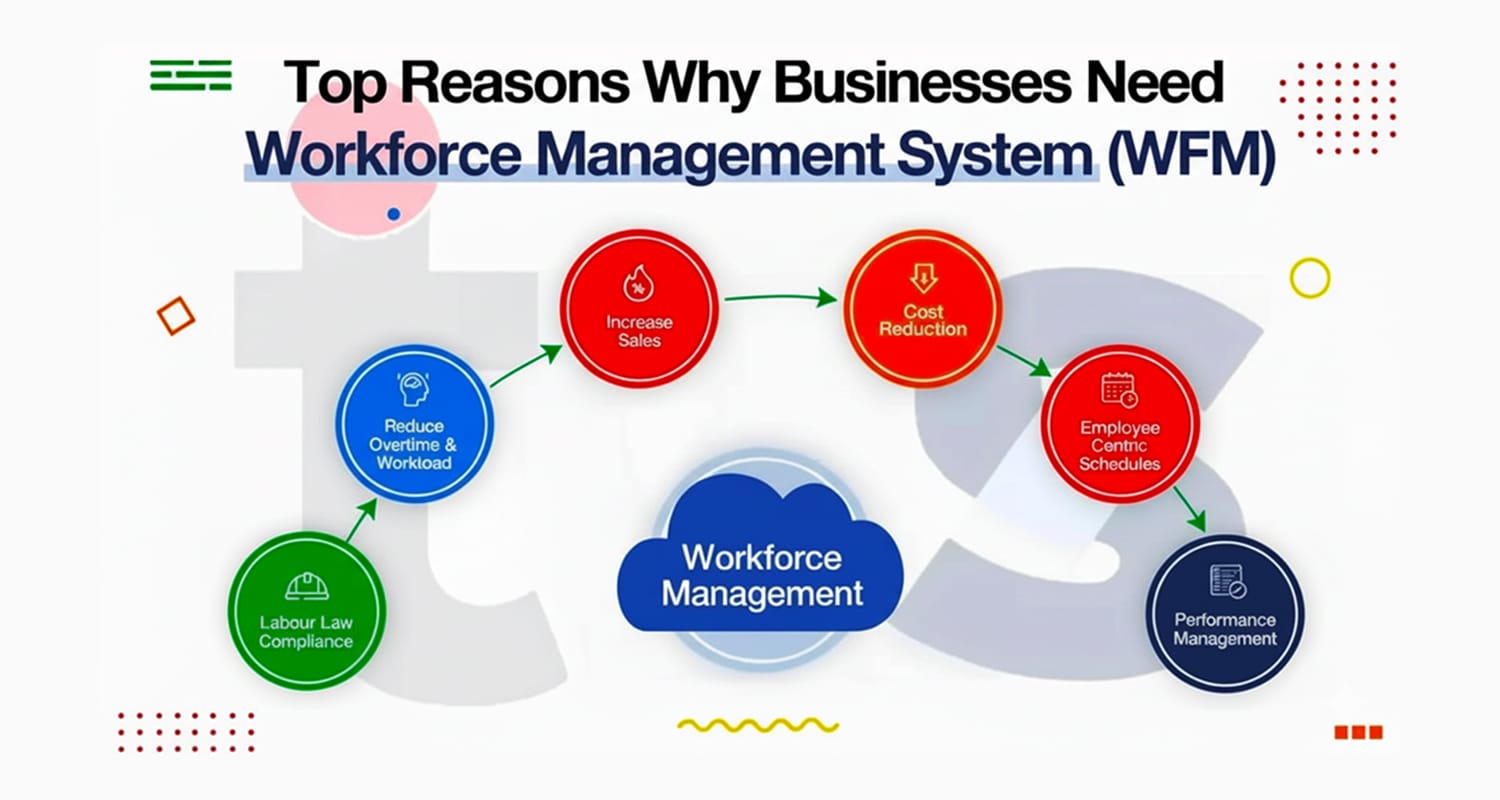
In the ever-evolving landscape of modern business, managing a workforce effectively has become a critical component of success. Organizations of all sizes and industries are turning to sophisticated solutions to optimize their labor resources and streamline their operations. Welcome to our comprehensive guide to Workforce Management Systems (WMS), where we explore the ins and outs of this game-changing technology. In this article, we’ll break down what WMS is, why it’s essential, its core components, and how it can elevate your organization’s efficiency and productivity.
What Exactly Is a Workforce Management System (WMS)?
At its core, a Workforce Management System (WMS) is a versatile software solution that empowers organizations to efficiently manage their workforce. WMS acts as a central hub for all things related to HR and labor management, providing tools to optimize employee scheduling, track time and attendance, ensure compliance, and boost overall workforce productivity.
Key Elements That Power a WMS
WMS solutions are multi-faceted, comprising several essential modules designed to streamline and enhance workforce management
Elevating Efficiency and Productivity
The adoption of a Workforce Management System can deliver a multitude of advantages for your organization
Enhanced Efficiency
Cost Savings
Improved Employee Satisfaction
Compliance and Risk Mitigation
Data-Driven Decision-Making
Scalability
Choosing Wisely for Long-Term Success
Choosing the right Workforce Management System entails a careful evaluation of your organization’s unique needs
Scalability
Integration Capabilities
User-Friendliness
Customization
Vendor Reputation
Ensuring a Seamless Transition
Efficient implementation of a Workforce Management System is crucial for maximizing its potential. Follow these key steps
a. Clear Objectives
b. Employee Training
c. Data Migration
d. Regular Evaluation
e. Adapt and Improve
Staying Ahead in an Ever-Changing Landscape
As businesses evolve and technology advances, Workforce Management Systems continue to progress. Anticipate:
Workforce Management Systems serve as indispensable tools that can revolutionize workforce management, boost employee productivity, and drive organizational triumph. By embracing a well-implemented WMS, organizations can optimize operations, reduce costs, and create an environment where employees thrive. Stay at the forefront of competition and unlock your workforce’s full potential with the right Workforce Management System.